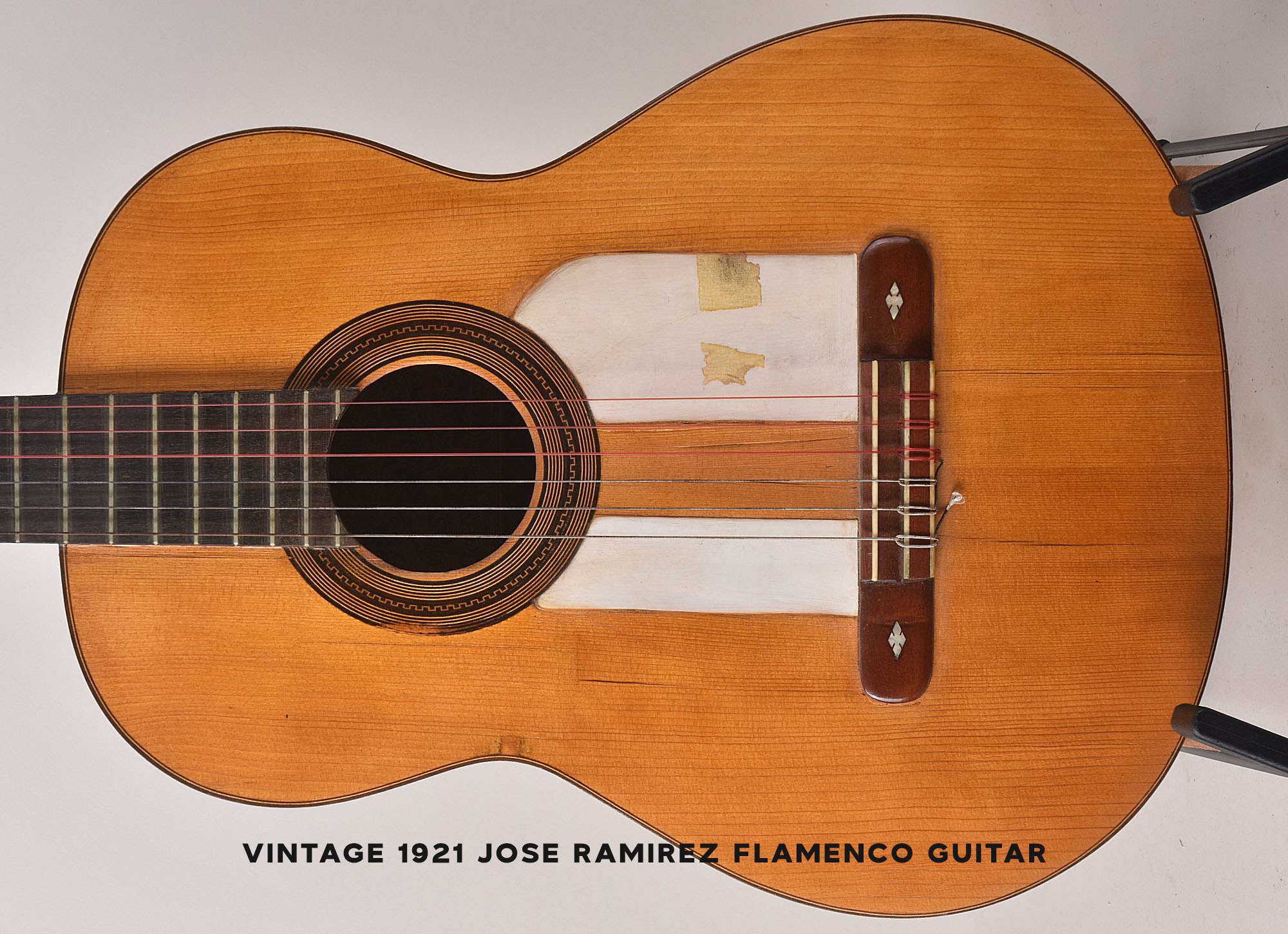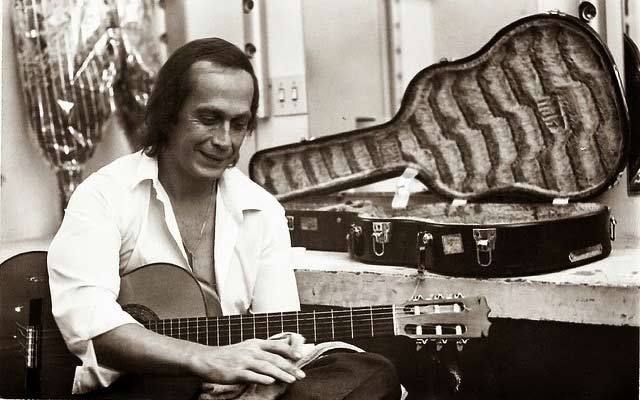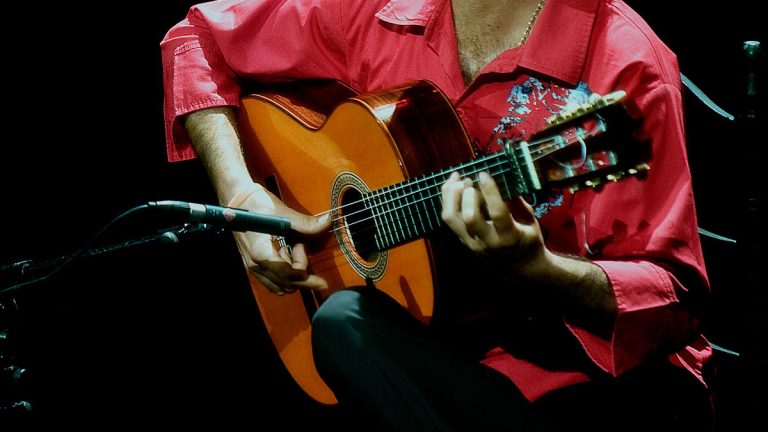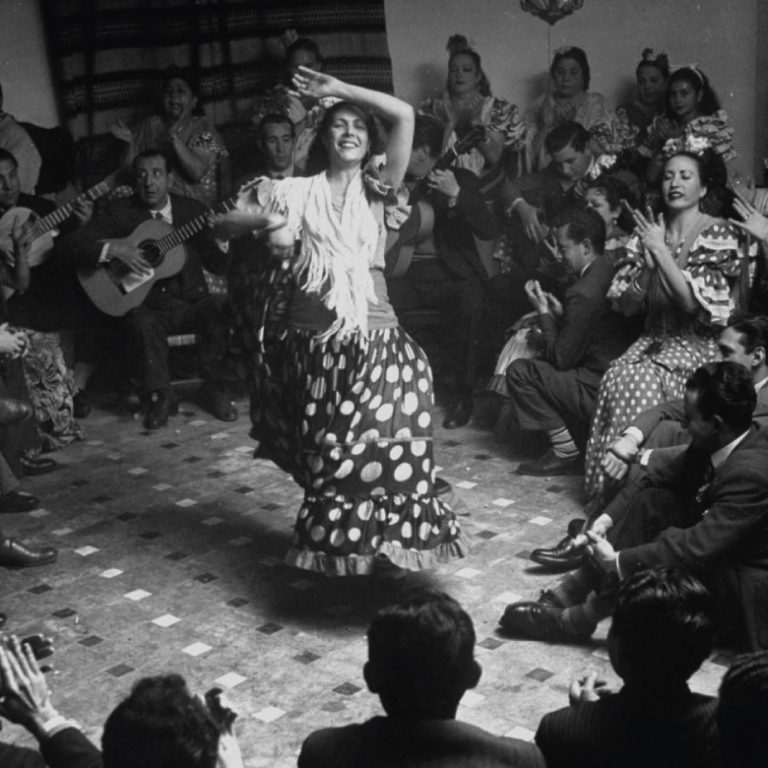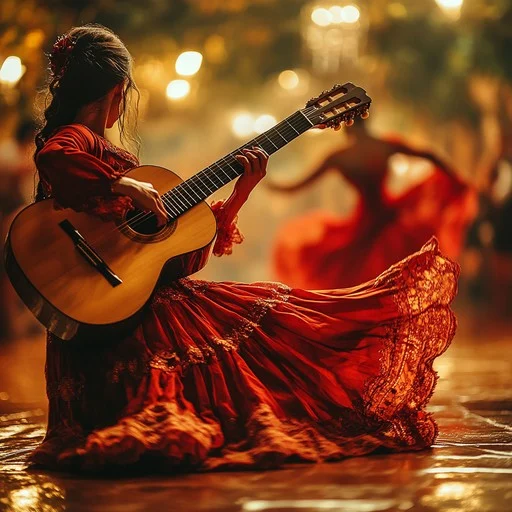What is Flamenco Guitar?
Structure, History, and Cultural Significance
Introduction
Flamenco guitar is one of the most expressive and technically demanding musical instruments in the world. Rooted in the rich cultural traditions of Andalusia, Spain, it serves as the backbone of flamenco music, providing rhythm, harmony, and melodic accompaniment to singers (cantaores) and dancers (bailaores). Unlike classical guitar, flamenco guitar has distinct structural features, playing techniques, and a unique historical evolution that sets it apart.
This article explores the structure of the flamenco guitar, its historical development, and its role in flamenco music. By understanding its construction and origins, we gain deeper insight into why this instrument remains an essential part of Spanish musical heritage.
The Structure of the Flamenco Guitar
The flamenco guitar shares similarities with the classical guitar but has key differences in materials, construction, and sound. These variations are designed to produce a sharper, more percussive tone that complements the rhythmic intensity of flamenco music.
-
Body and Soundboard
The body of a flamenco guitar is typically made from cypress wood (for the back and sides) and spruce or cedar (for the soundboard). Cypress provides a bright, punchy sound, while spruce enhances clarity and projection. Some modern flamenco guitars may use other woods like sycamore or rosewood, but traditionalists prefer cypress for its authentic tonal qualities.
The soundboard (top) is thinner than that of a classical guitar, contributing to a more immediate and percussive attack. This allows for rapid note articulation, essential for fast flamenco passages (falsetas).
-
Golpeador (Tap Plate)
A defining feature of the flamenco guitar is the golpeador, a transparent or white plastic guard glued to the soundboard below the strings. This protects the wood from damage caused by golpe (tapping) techniques, where the player strikes the body for percussive effects.
-
Neck and Action
The neck of a flamenco guitar is slightly narrower than a classical guitar’s, allowing for faster finger movements. The action (string height) is also set lower, making it easier to execute rapid picados (scale runs) and rasgueados (strumming techniques). However, this lower action can sometimes cause string buzz, which is often tolerated in flamenco for the sake of playability.
-
Strings and Tuning
Flamenco guitars traditionally use nylon strings, with the three bass strings wound with silver or bronze. Some modern players experiment with carbon or composite strings for increased brightness. The tuning is standard (E-A-D-G-B-E), but alternate tunings (such as por arriba or por medio) are sometimes used to match the vocal key of a flamenco singer.
-
Bridge and Headstock
The bridge is lighter than that of a classical guitar, contributing to a quicker response. The headstock often features wooden tuning pegs (rather than metal machine heads) in traditional models, though most modern flamenco guitars use geared tuners for stability.
-
Weight and Size
Flamenco guitars are generally lighter than classical guitars, enhancing their responsiveness. The overall size is similar, but the reduced weight allows for greater dynamic control, especially in fast rhythmic passages.
The History of Flamenco Guitar
The flamenco guitar did not emerge in isolation; it evolved alongside flamenco music itself, which is a fusion of Andalusian, Gypsy (Romani), Moorish, and Jewish musical traditions.
-
Early Influences (Pre-19th Century)
Before the flamenco guitar existed, early forms of Spanish music were played on instruments like the:
Lute (brought by the Moors)
Vihuela (a Renaissance-era predecessor to the guitar)
Baroque guitar (a five-course instrument popular in the 17th-18th centuries)
The Romani people, who migrated to Spain in the 15th century, played a crucial role in blending these instruments with their own musical styles. By the late 18th century, the six-string guitar (as we know it today) began to take shape, setting the stage for flamenco’s development.
-
The Birth of Flamenco (19th Century)
Flamenco as an art form began in the triángulo del flamenco (Jerez de la Frontera, Cádiz, and Seville), where Gypsy, Moorish, and Spanish folk traditions merged. Initially, flamenco was purely vocal (cante jondo), with handclaps (palmas) and foot-stomping (zapateado) providing rhythm.
The guitar was introduced as an accompaniment in the mid-19th century. Early flamenco guitarists (tocaores) developed techniques like:
Rasgueado (rapid strumming)
Picado (alternate picking)
Alzapúa (thumb technique)
Golpe (tapping the body)
These techniques helped the guitar keep up with the complex rhythms (compás) of flamenco.
-
The Golden Age of Flamenco (Late 19th – Early 20th Century)
The late 1800s saw the rise of cafés cantantes, venues where flamenco was performed professionally. This era produced legendary guitarists like:
Paco de Lucena (early pioneer)
Ramón Montoya (father of modern flamenco guitar)
Montoya revolutionized flamenco by introducing classical guitar techniques, expanding the instrument’s solo potential. Before this, the guitar was mainly an accompaniment tool.
-
Modern Flamenco Guitar (Mid-20th Century to Present)
The 20th century saw flamenco guitar reach global recognition, thanks to artists like:
Sabicas (virtuoso who popularized flamenco worldwide)
Paco de Lucía (the most influential flamenco guitarist of all time)
Paco de Lucía blended jazz, classical, and world music into flamenco, pushing technical boundaries. His collaborations with artists like John McLaughlin (in The Guitar Trio) brought flamenco to new audiences.
Today, flamenco guitar continues to evolve, with contemporary players like Vicente Amigo, Tomatito, and Gerardo Núñez experimenting with fusion styles while preserving traditional forms.
Flamenco Guitar Techniques
Flamenco guitar playing is highly technical, requiring mastery of several specialized techniques:
-
Rasgueado
A strumming technique where the fingers flick outward in rapid succession, creating a rolling, rhythmic effect.
-
Picado
Fast alternate picking (using index and middle fingers) for melodic runs, similar to scale playing in classical guitar but with sharper articulation.
-
Alzapúa
A thumb technique where the player plucks multiple strings in a sweeping motion, often used for basslines and melody combinations.
-
Golpe
Percussive tapping on the guitar’s body, adding rhythmic accents.
-
Tremolo
A rapid repetition of a single note (usually with p-a-m-i fingers) to create sustained, flowing passages.
-
Arpeggios
Broken chords played in patterns, often used in falsetas (flamenco solos).
Flamenco Guitar vs. Classical Guitar
While flamenco and classical guitars look similar, key differences include:
| Feature | Flamenco Guitar | Classical Guitar |
| Wood | Cypress back/sides | Rosewood/mahogany |
| Soundboard | Thinner, brighter | Thicker, warmer |
| Golpeador | Yes (tap plate) | No |
| Action | Lower (faster play) | Higher (fuller tone) |
| Strings | Nylon (bright) | Nylon (mellow) |
Conclusion
The flamenco guitar is more than just an instrument—it is a cultural symbol of Spain’s rich musical heritage. Its distinct construction allows for the fiery, rhythmic intensity required in flamenco, while its history reflects centuries of artistic evolution. From the early Gypsy musicians to modern virtuosos like Paco de Lucía, the flamenco guitar has continually adapted while staying true to its roots.
Whether in a traditional tablao (flamenco venue) or on a global stage, the flamenco guitar remains a powerful voice of emotion, passion, and technical brilliance. For aspiring guitarists, mastering flamenco is a lifelong journey—one that demands not only skill but also a deep connection to the soul of the music.

